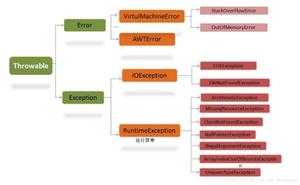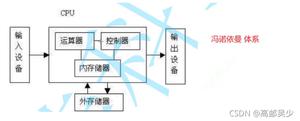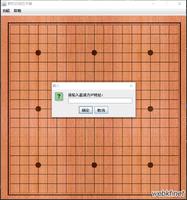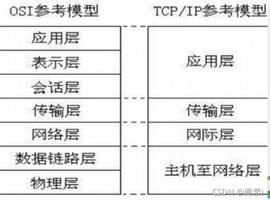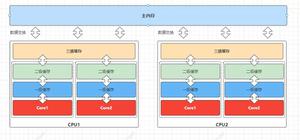Java编程中的协变返回类型。
如果两个类处于继承关系中,即如果一个类扩展了另一个类,则在子类中创建超类成员的副本。如果父类和子类都具有相同的方法(例如sample()),则对于子类对象,这两种方法均可用。
现在,如果使用子类对象调用它,则子类中该方法的主体将被执行,并覆盖超类方法。
示例
class Super{ public void demo() {
System.out.println("This is the method of the superclass");
}
}
public class Sub extends Super{
public void demo() {
System.out.println("This is the method of the subclass");
}
public static void main(String args[]){
Sub sub = new Sub();
sub.demo();
}
}
输出结果
This is the method of the subclass
协变返回类型
直到Java5允许子类方法覆盖超类的两个方法都应具有相同的名称参数和返回类型。
但是,由于Java5处于覆盖状态,所以超类和子类中的方法具有相同的返回类型不是强制性的。这两个方法可以具有不同的返回类型,但是,子类中的方法应返回超类中方法的返回类型的子类型。因此,重载方法相对于返回类型成为变体,并且这些被称为协变返回类型。
示例
如果您观察以下示例,则超类有一个名为demo()的方法,它返回Number类型的值。子类中的方法可以返回Integer类型的值,该值是Number的子类型。此子类型(Integer)被称为协变类型。
class Super{ public Number demo(float a, float b) {
Number result = a+b;
return result;
}
}
public class Sub extends Super{
public Integer demo(float a, float b) {
return (int) (a+b);
}
public static void main(String args[]){
Sub sub = new Sub();
System.out.println(sub.demo(25.5f, 89.225f));
}
}
输出结果
114
示例
class Example{ int data =100;
Example demoMethod(){
return this;
}
}
public class Sample extends Test{
int data =1000;
Sample demoMethod(){
return this;
}
public static void main(String args[]){
Sample sam = new Sample();
System.out.println(sam.demoMethod().data);
}
}
输出结果
1000
以上是 Java编程中的协变返回类型。 的全部内容, 来源链接: utcz.com/z/331587.html

